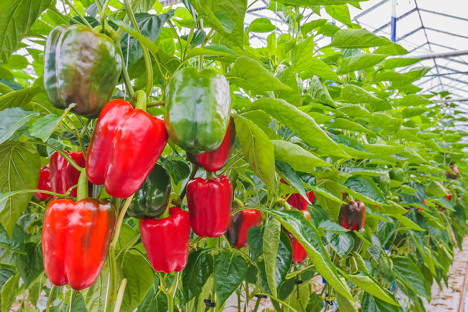The International Atomic Energy Agency (IAEA) and the Food and Agriculture Organization of the United Nations (FAO) have created a joint center in order to improve agricultural production and protect natural resources using nuclear technology. With the new challenges imposed by climate change, the use of nuclear technology is increasing to enhance food safety and the resilience of agricultural systems.
This technology relies on isotopes and radiation to control pests, increase production, protect resources and enhance food safety.
The sterile insect technique, for example, which is used for pest control, derives from nuclear techniques. Male insects are sterilized by ionizing radiation; the insects are then released into the areas infested by parasites. This technique is used in Guatemala, Mexico and the United States, among others, to prevent the spread of the Mediterranean fruit fly.
Nuclear technology is also used in the plant breeding sector. Seeds are irradiated with gamma rays, X-rays and ions/electrons to trigger genetic modifications. The new varieties can then give better yields, a better quality, and better levels of resistance to weather hazards, diseases and pests.
The possibilities do not end there, as nuclear technology can also play a role in food safety, by detecting or eliminating harmful residues. Treating the food with ionizing radiation eliminates microbes and prevents food poisoning. Irradiation can prevent the spread of pests, therefore facilitating cross-border trade.

Dutch horticulture has been the poster child of global innovation in a...

Agricultural researchers from the UPCT have created a portable prototy...
Increased production in winter without detracting from the flavor and ...